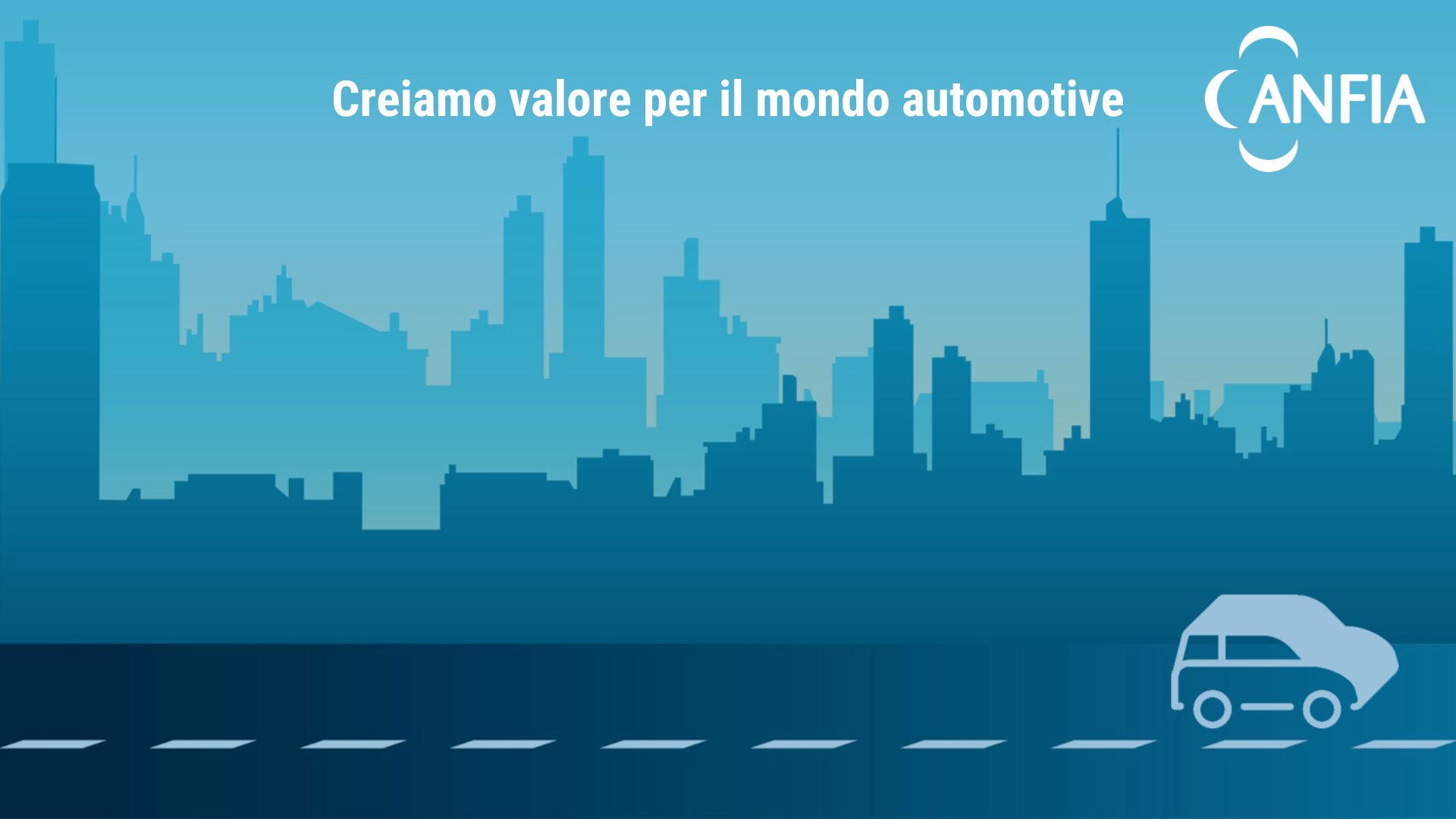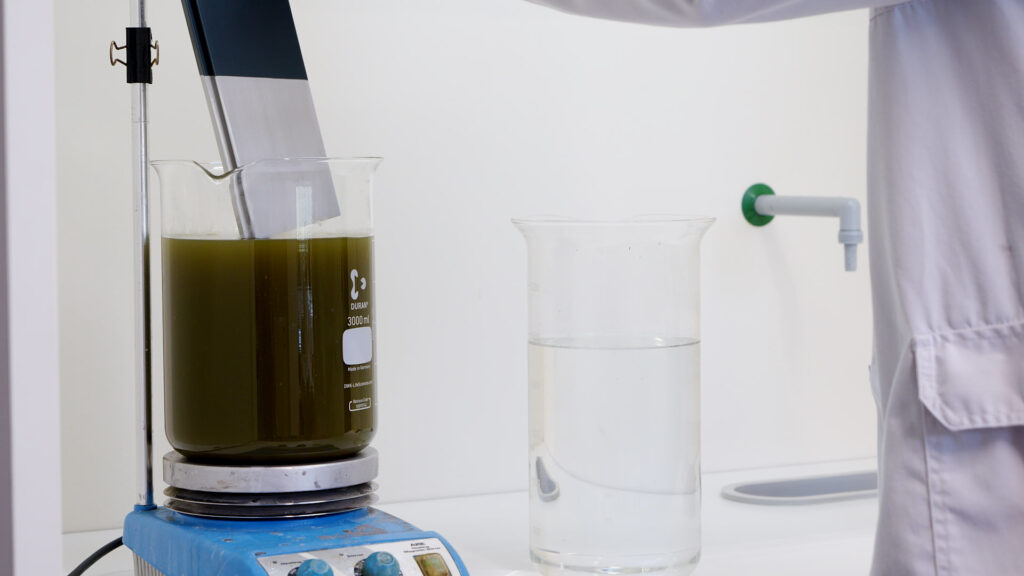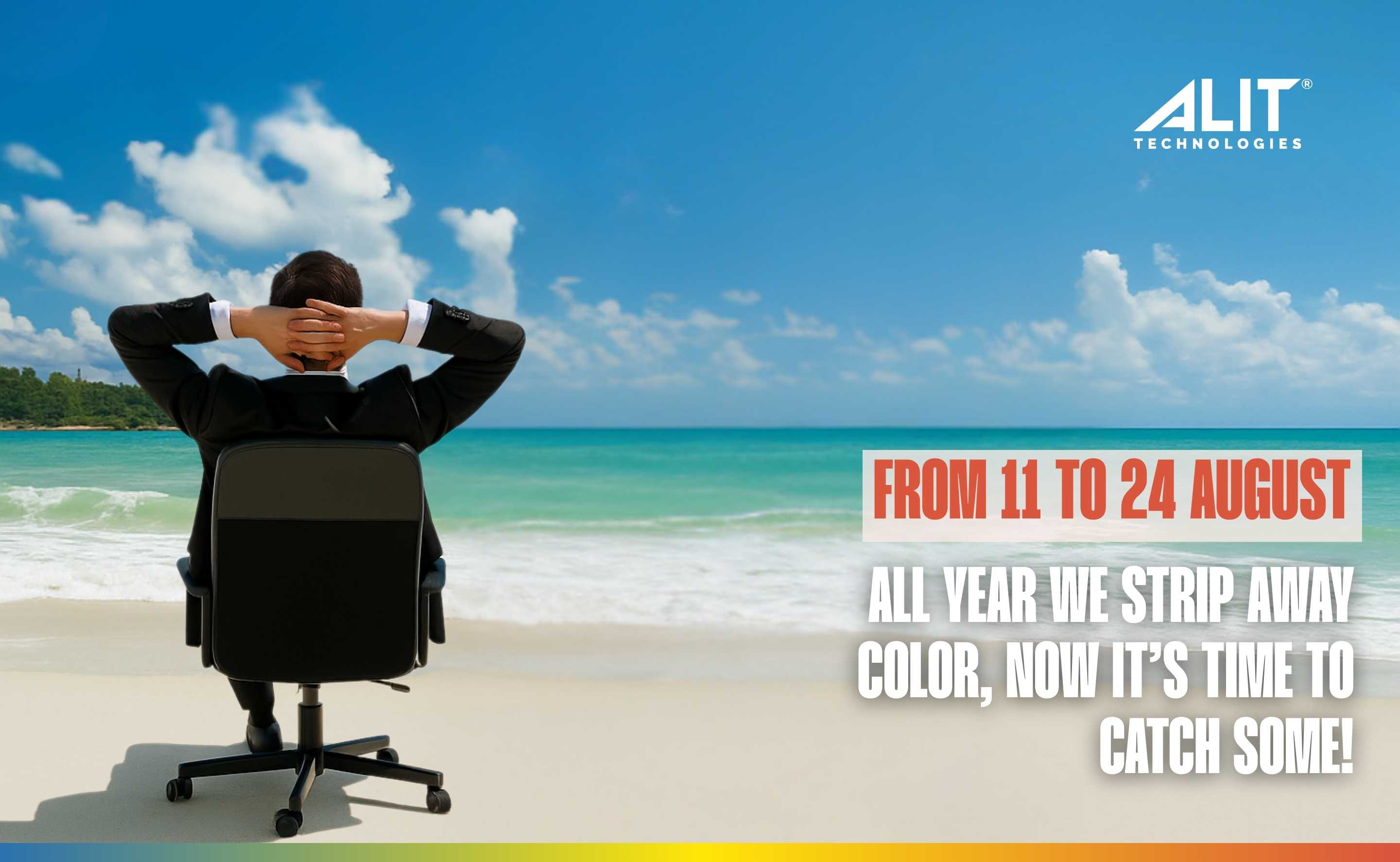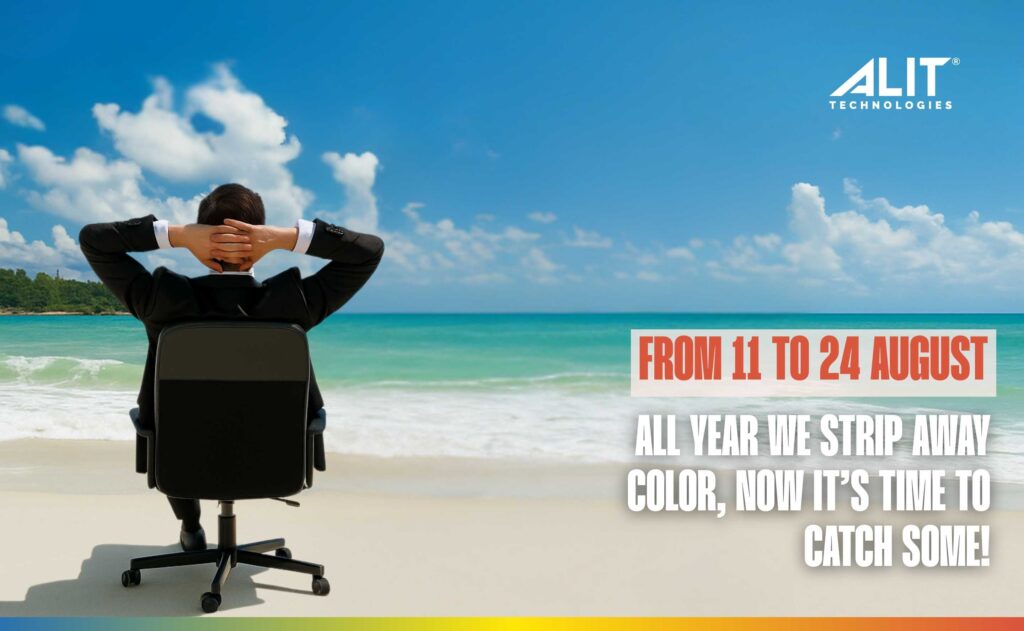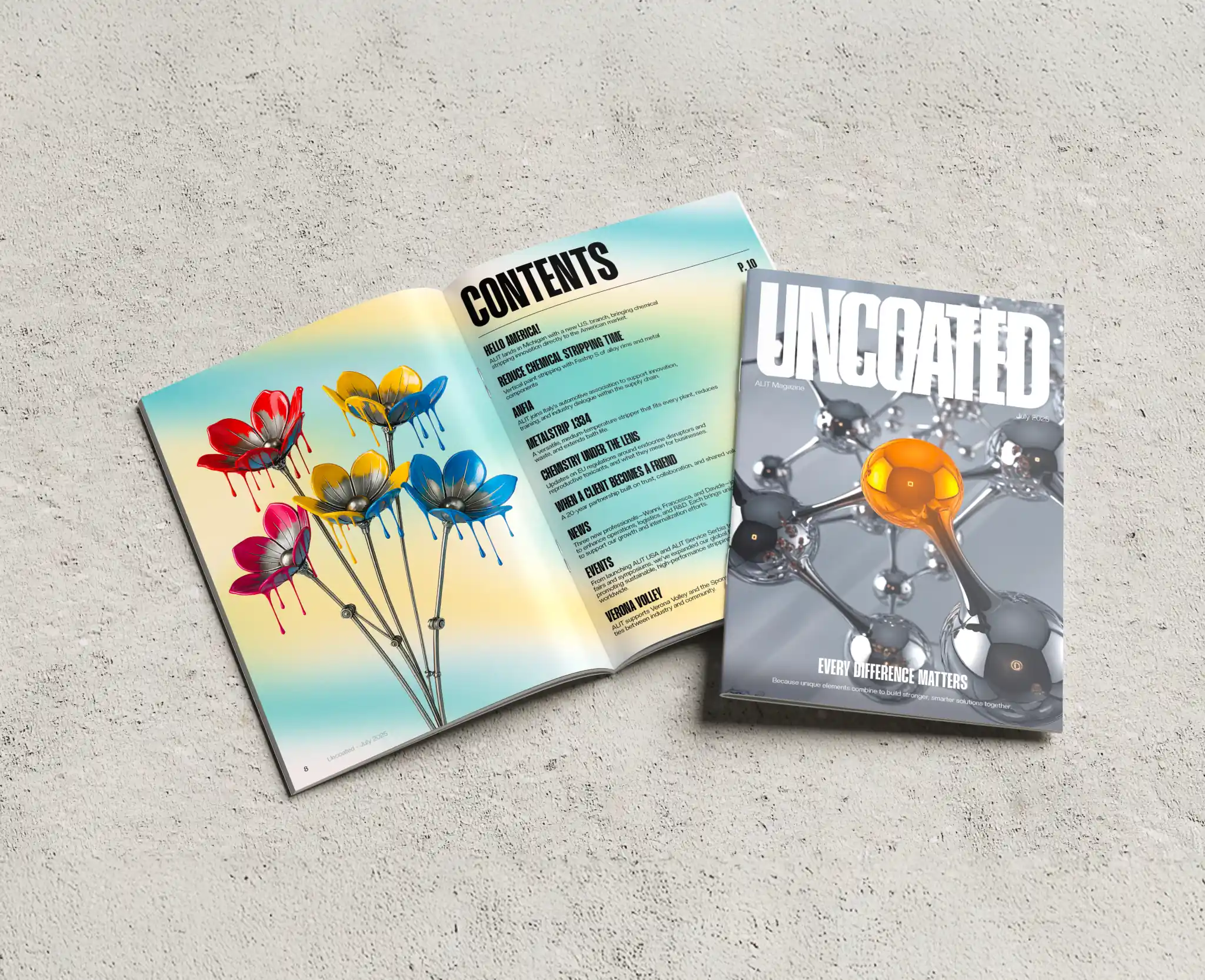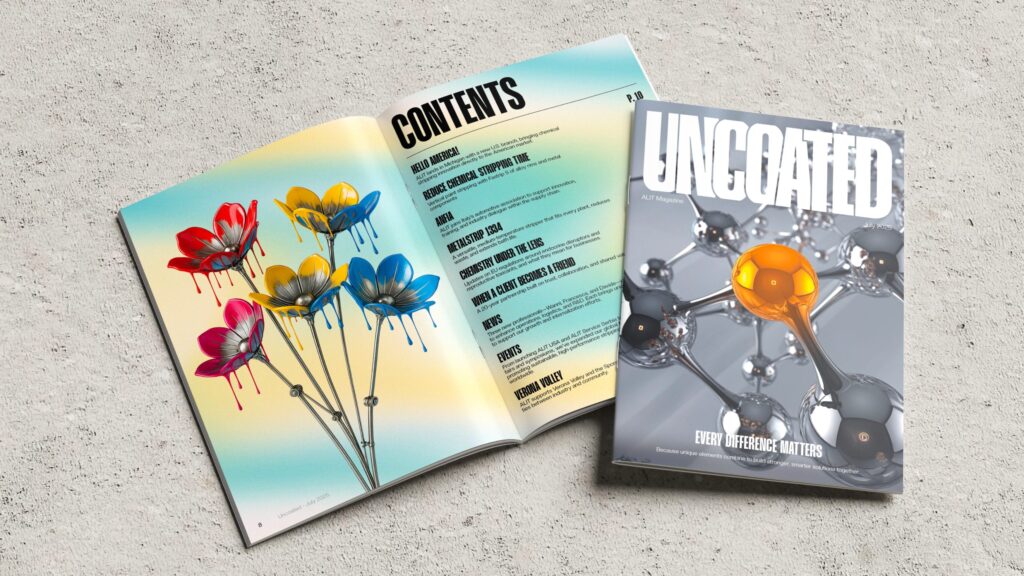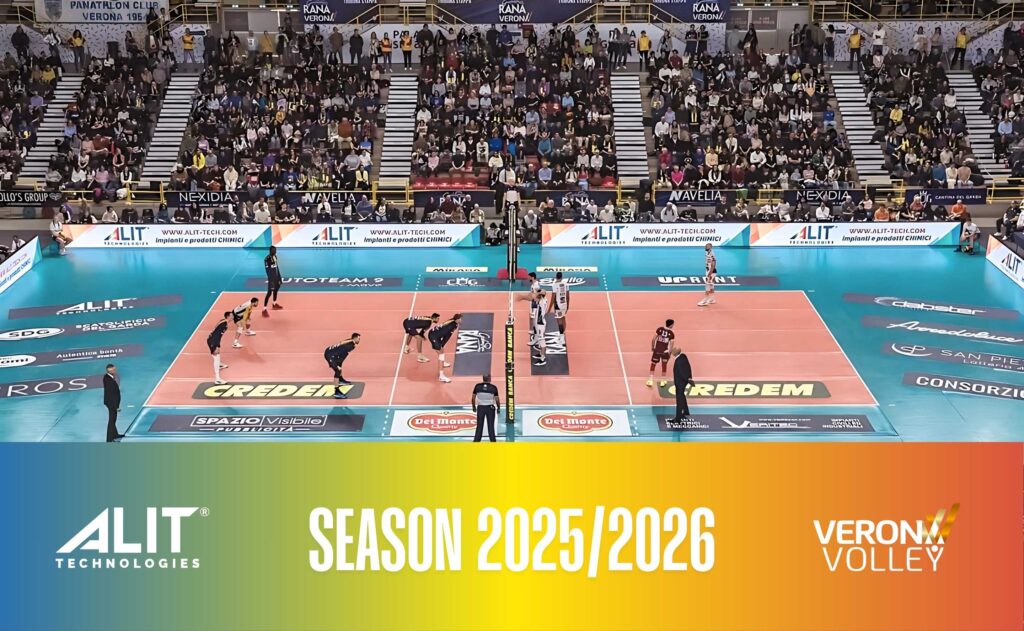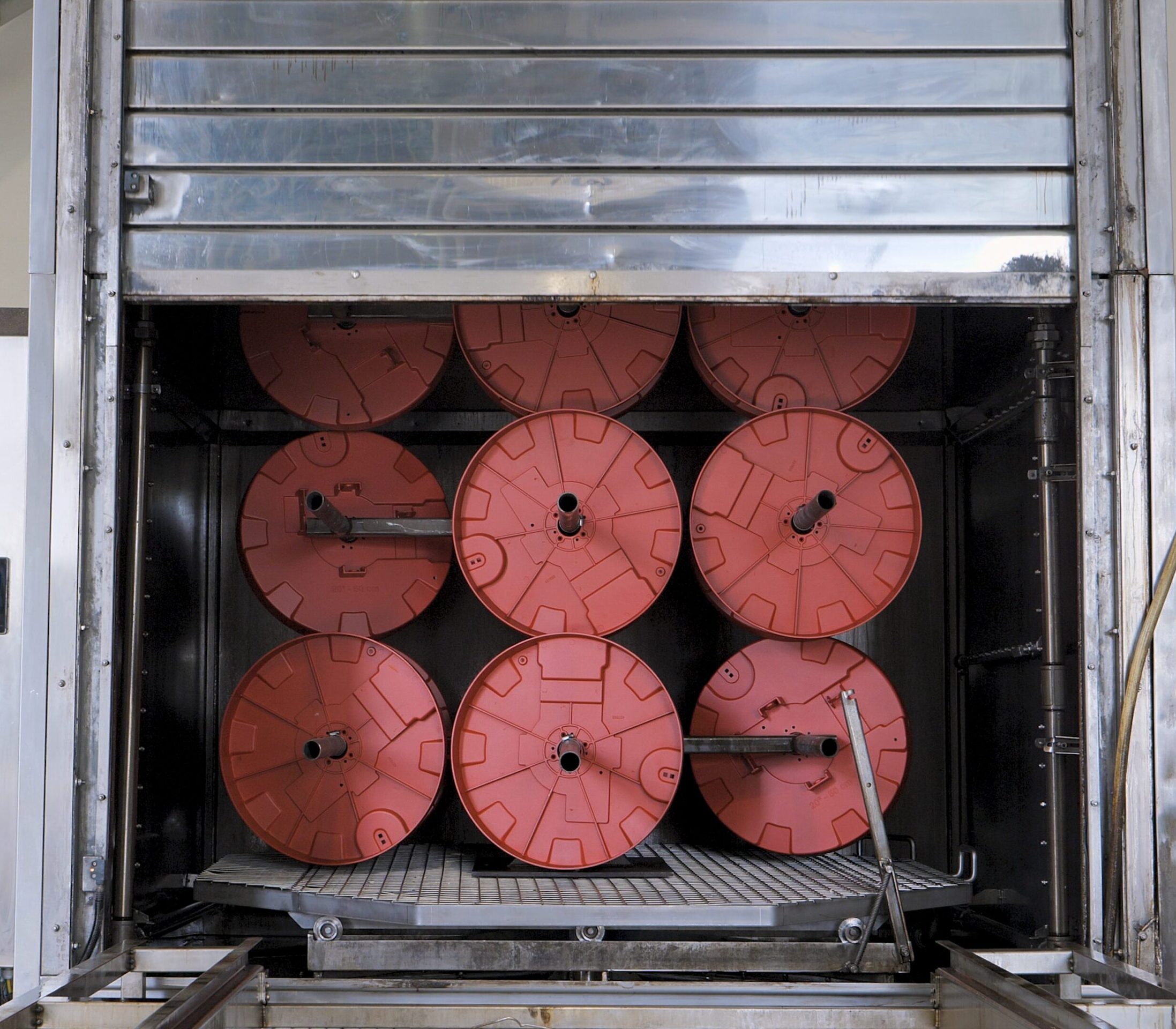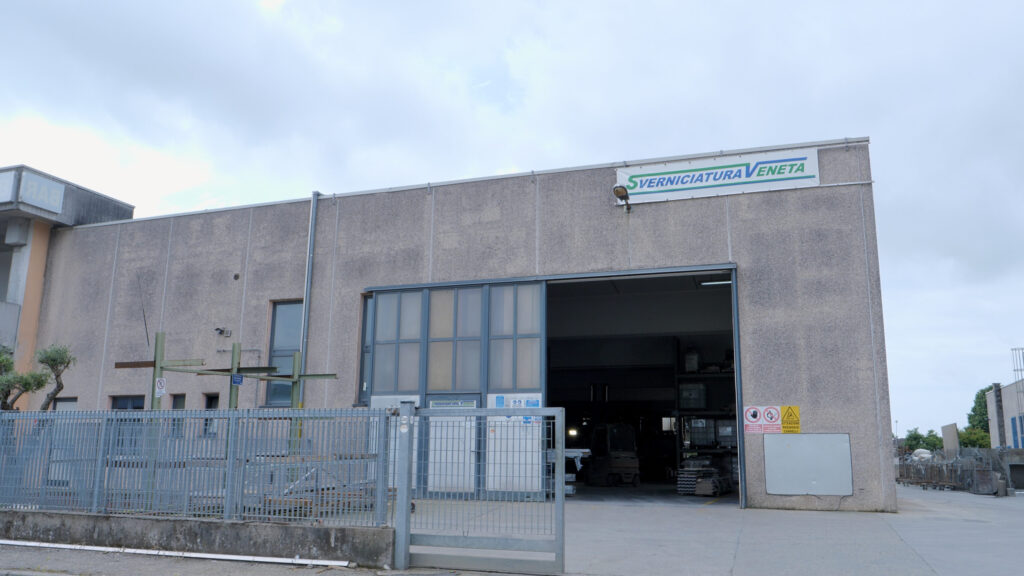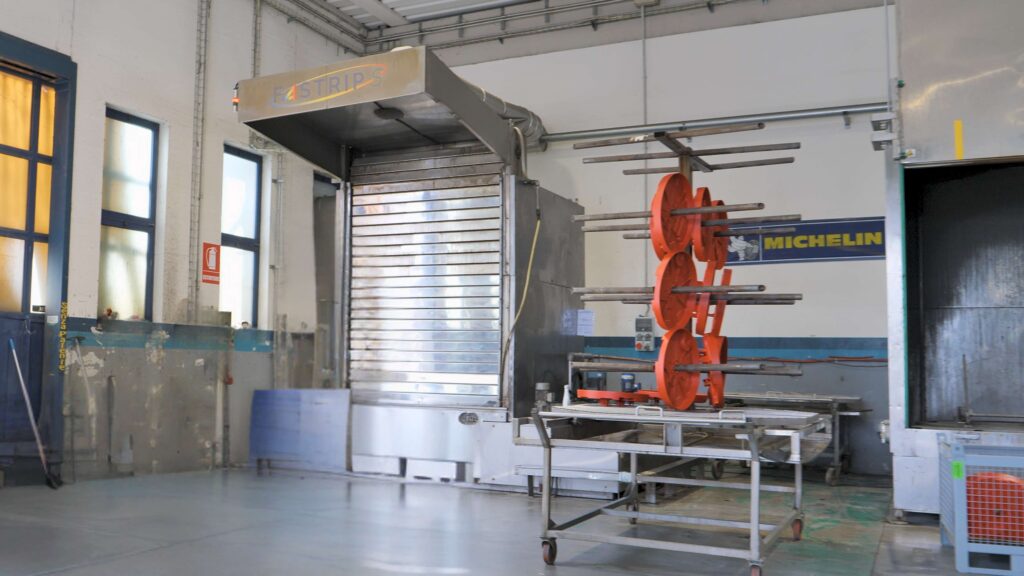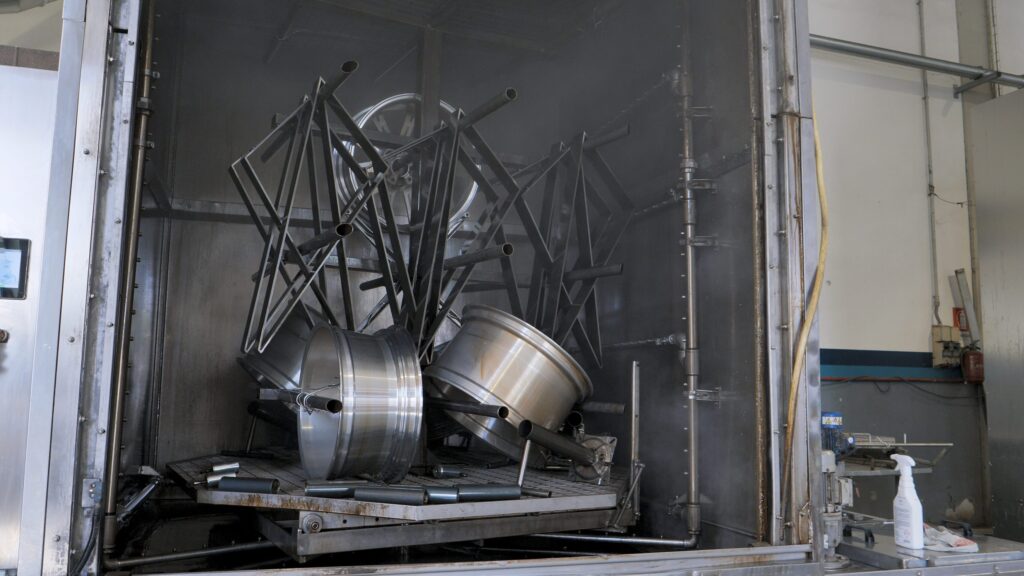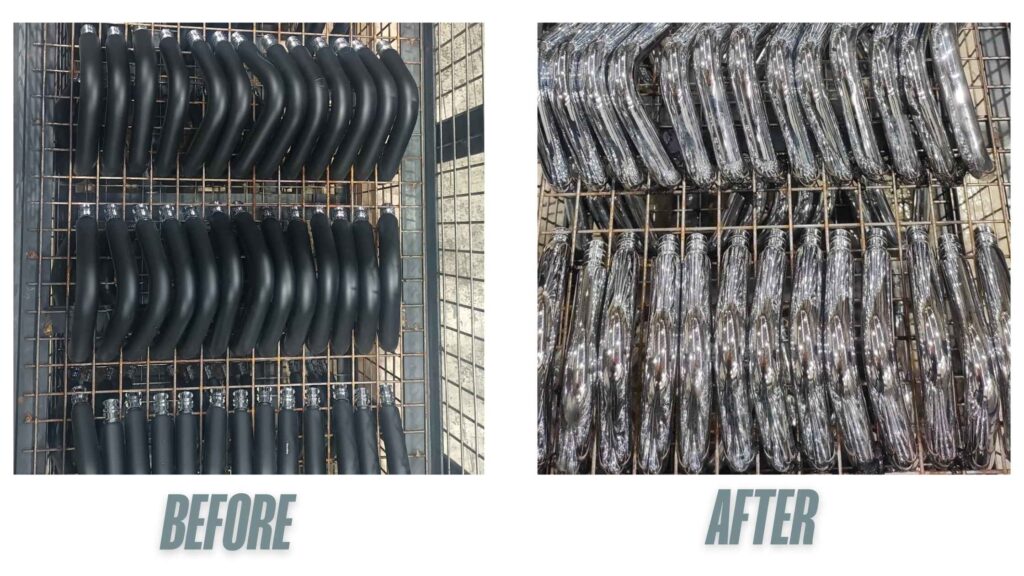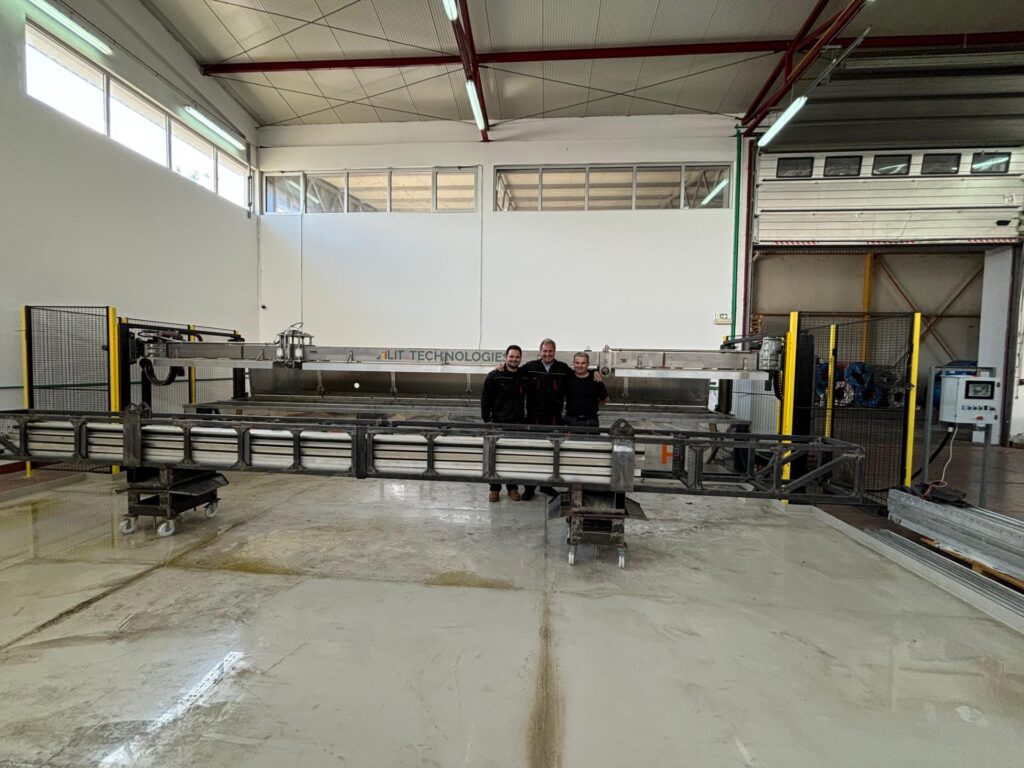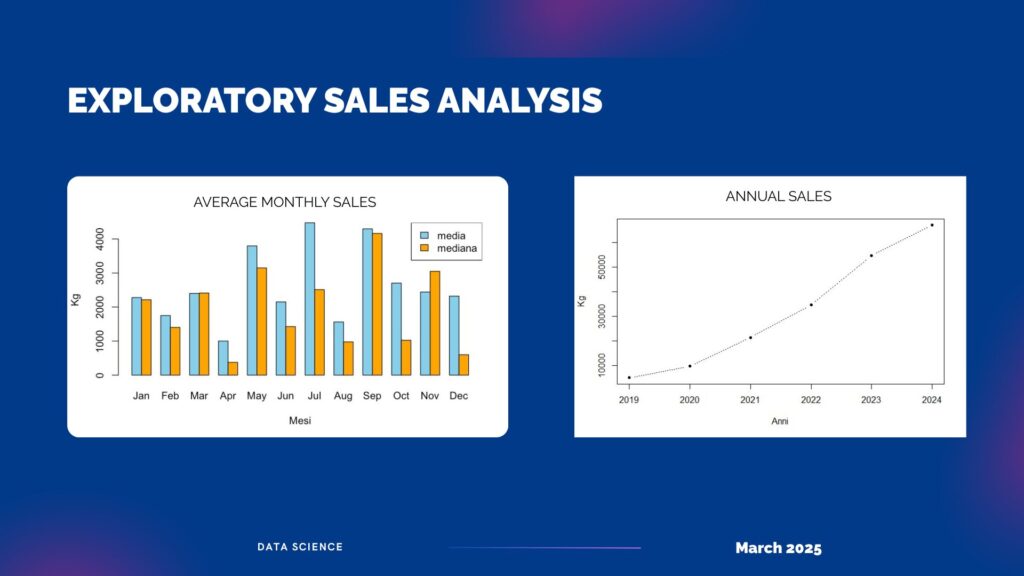Italian Association of the Automotive Industry Supply Chain
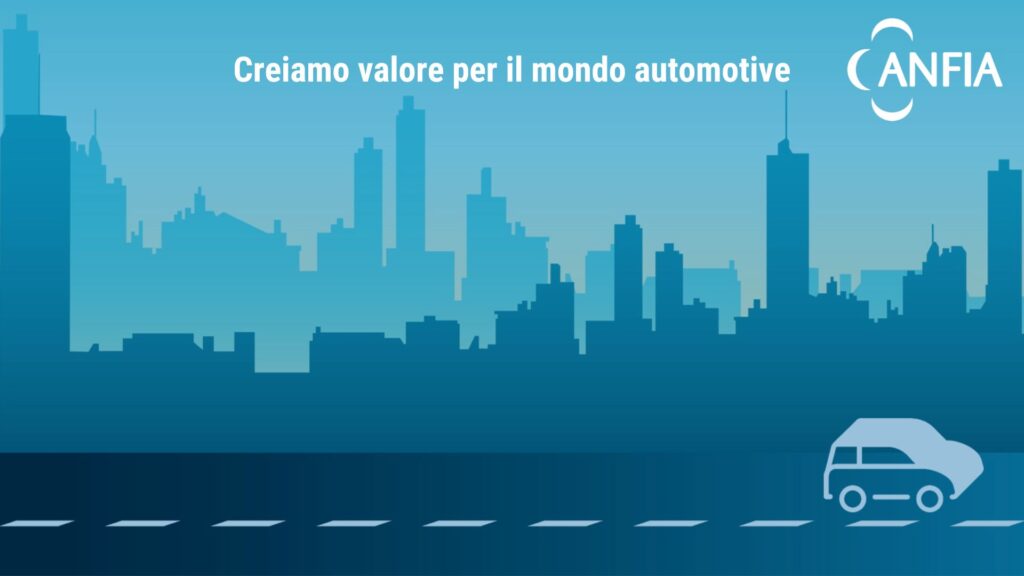
We chose to join ANFIA for one clear reason: to connect with those who, like us, work every day to improve industrial processes. The automotive supply chain is one of the most demanding sectors in terms of quality, safety, and sustainability. These are precisely the three areas where our products deliver their full potential: from paint strippers to stripping systems, from masking to surface conversion treatments. Being part of ANFIA allows us to contribute our experience within a structured, dynamic, and innovation-driven network, a space where data, expertise, and long-term vision are shared. But above all, it’s a concrete way to engage with those who use our solutions, understand emerging needs, and anticipate changes in the industry.
And who better than ANFIA to talk about the evolution, value, and real challenges of the Italian automotive supply chain? Let’s hear it from them.
ANFIA: CREATING VALUE FOR THE AUTOMOTIVE AND THE MOBILITY WORLD
Founded in Turin in 1912, ANFIA, the Italian Association of the Automotive Industry, for over 110 years has aimed to represent and offer services to the sector companies in order to support and strengthen their competitiveness, their growth on foreign markets and their integration in mobility systems, through:
– Relations with national and international institutions: creation, development and consolidation of relations with key decision and opinion makers, representing and protecting the interests of the automotive supply chain in dealing with institutions and actively contributing to the public decision-making process on industry regulations
– Networking activities, participation to technical-regulatory committees, sector studies and analysis, consultancy and training
The topical issues, toward which the supply chain represented by ANFIA directs the greatest attention and on which ANFIA actively intervenes, concern the macro areas of mobility, safety, environment, energy, research and internationalization.
THE ASSOCIATION STRUCTURE
ANFIA, which now has more than 520 member companies, is structured in three product-based Groups, each one chaired by a President:
· Components: motor vehicle parts and components manufacturers;
· Car Design and Engineering: companies working in the sector of design, engineering and style of motor vehicles and/or parts and components for the automotive sector;
· Motor vehicles: motor vehicles manufacturers in general, including trucks, trailers, camper vans, special means of transport.
Within the Components Group is the Aftermarket Section, which encompasses all association activities related to the world of automotive spare parts and includes 80 companies that share the values of product quality and safety, technological advancement and consumer service, and, transversally to the 3 Groups, the Motorsport Section, which brings together some of the main entities operating in the sector and is dedicated to participation in trade fairs, collection and sharing of statistical data, and examination of technical regulations.
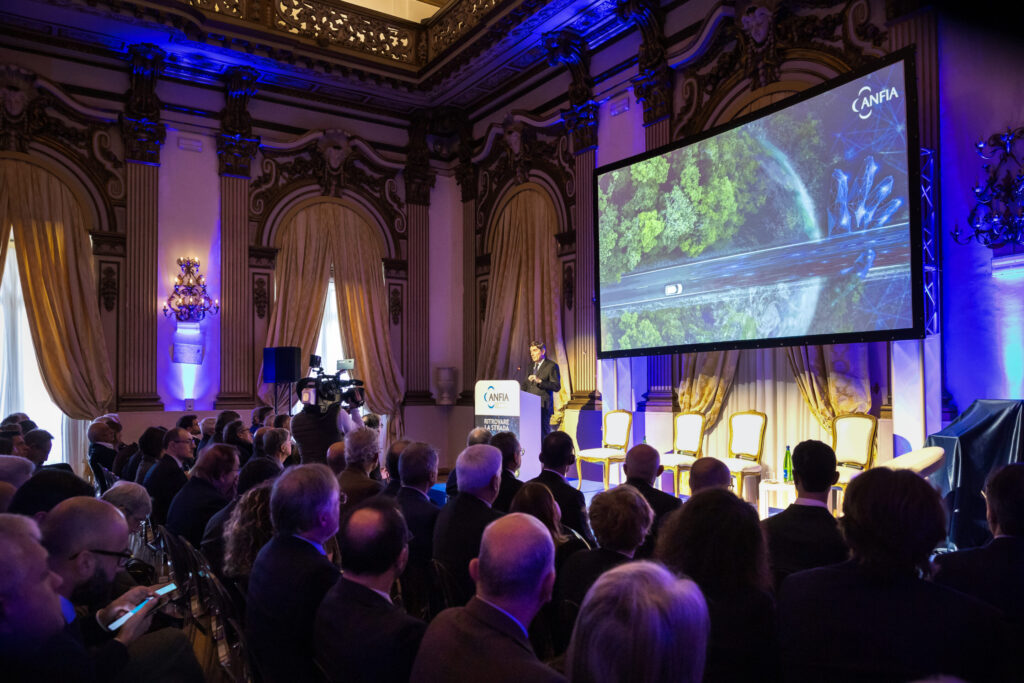
THE NUMBERS OF THE SUPPLY CHAIN REPRESENTED BY ANFIA
The automotive manufacturing supply chain represented by ANFIA in Italy has 5,451 companies and 273,000 employees (direct and indirect). The total turnover is about 113.3 billion euros, equivalent to 9 percent of manufacturing turnover in Italy and 5.8 percent of Italian GDP (ANFIA elaborations on Istat data). It is the industrial sector with the highest value-added multiplier and makes an annual contribution to the Treasury of more than 70 billion euros in tax revenue (motor vehicle tax burden). Adding the automotive-related services sector to the production
chain, as a whole, the universe considered has 1.02 million direct and indirect workers employed, for a total turnover of 380.1 billion euros, about 19.5 percent of Italian GDP.
STUDIES AND STATISTICS AREA
The ANFIA Studies and Statistics Area prepares outlooks and updated statistics on the dynamics of the Italian and international automotive production chain.
L’area studi e statistiche di ANFIA offre un’ampia panoramica di elaborazioni statistiche per informarsi e tenersi aggiornati sulle dinamiche della filiera automotive italiana e internazionale. Available tools include:
– Statistical portals: a consultation and data processing service useful for learning about different markets and their main characteristics, with a user-friendly and interactive interface, thanks to the Microsoft Power BI Business Intelligence platform. ANFIA processes new registrations and respective homologations of passenger cars, light commercial vehicles, trucks, buses and towed vehicles. For trucks and towed vehicles over 3.5 tons, an up-to-date snapshot of the fleet is also available.
– Automobile in Figures: is ANFIA’s statistical yearbook, a valuable wealth of data, clearly describing the Italian and international automotive supply chain, with several tables on key issues in the sector (transport modes, fuel prices, road accidents, etc.). The yearbook is built from data collected over decades by the Association and allows all stakeholders to access information on registrations and vehicles on the road regarding the passenger car and light and heavy commercial vehicle segments, in Italy and worldwide.
ANFIA SERVICE: TRAINING AND CONSULTING SERVICES
ANFIA Service was established in 1996 as a Service Company of ANFIA and operates in several areas of activity, the main ones being training, auditing, conferences and technical publications in the areas of Quality, Environment, Safety and Ethics. In the perspective of an economic scenario that imposes strategies aimed at increasing the level of competitiveness of companies and facing difficulties and changes in a timely manner, the incessant updating of personnel skills, which can only be achieved with the support of continuous, qualified and effective training, remains one of the winning elements to achieve these objectives, aimed at innovation and progress.


